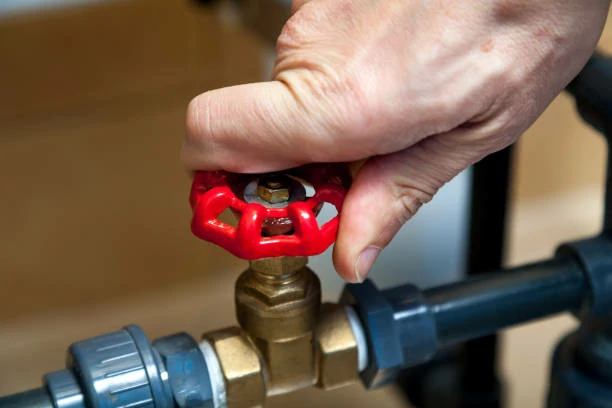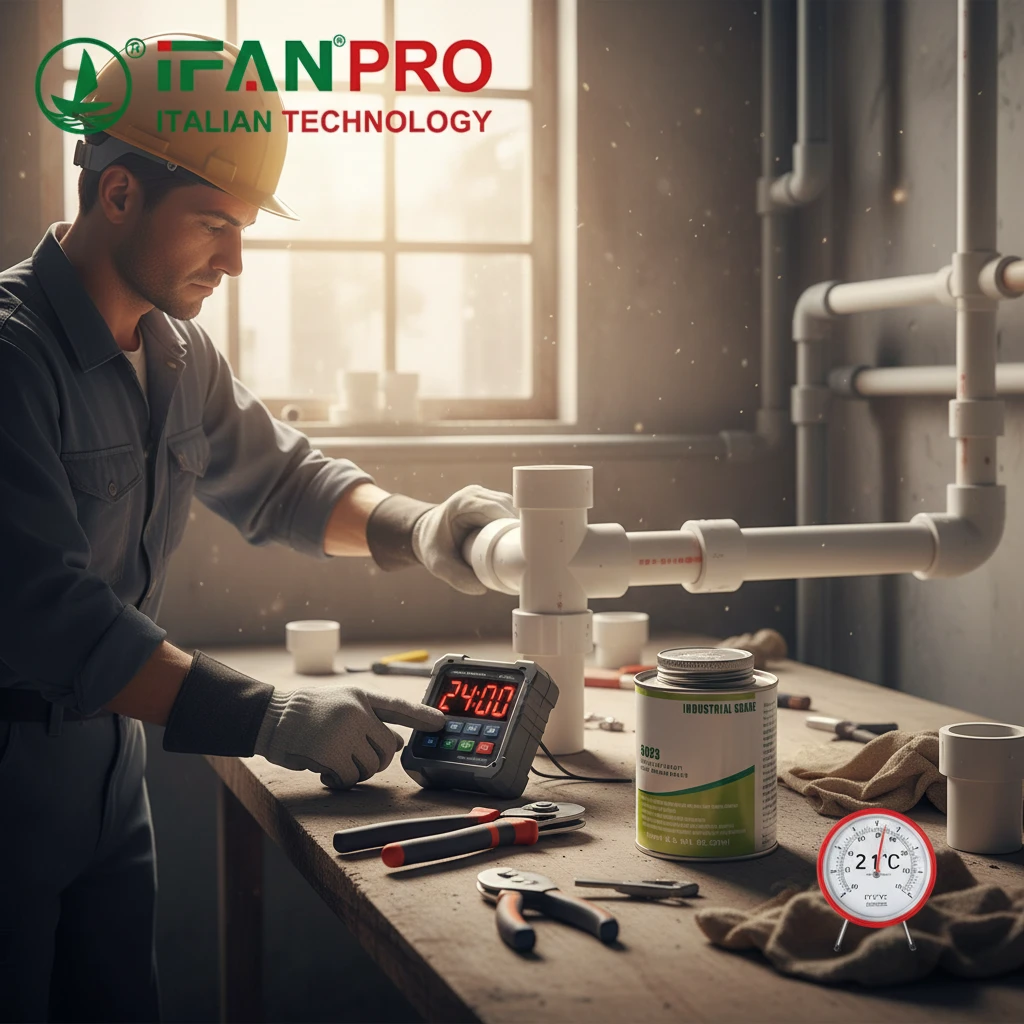Stop valves serve as vital components in fluid control systems, offering precise regulation of fluid flow. Whether used in residential plumbing or industrial pipelines, stop valves ensure that fluids can be controlled, stopped, or rerouted efficiently. Understanding the working principle of stop valves provides insights into their functionality, applications, and the benefits they offer in various settings.
Basic Structure of a Stop Valve
A typical stop valve consists of several key components: the valve body, the stem, the seat, and the disc. The valve body houses all other components and connects to the pipeline, allowing fluids to pass through when the valve opens. The stem connects to an external handle or actuator, enabling manual or automatic operation. The disc acts as the control element, moving up or down to either block or allow fluid flow. The seat, located within the valve body, provides a sealing surface for the disc when the valve closes, ensuring a tight seal to prevent leaks.
The Operating Mechanism
The working principle of a stop valve revolves around the movement of the disc and its interaction with the seat. When you rotate the handle or activate the actuator, the stem moves, causing the disc to either lift away from or press against the seat. This simple yet effective mechanism allows precise control over fluid flow.
In the closed position, the disc presses firmly against the seat, blocking fluid flow completely. This position prevents any fluid from passing through the valve, effectively stopping the flow. When you turn the handle to open the valve, the stem lifts the disc away from the seat. This action creates a passage for the fluid to flow through the valve and continue along the pipeline. By adjusting the position of the disc, you can control the flow rate, allowing for either full flow, partial flow, or no flow at all.
Types of Stop Valves and Their Working Principles
Various types of stop valves exist, each with a unique design that influences its working principle. The most common types include globe valves, gate valves, and angle valves.
- Globe Valves:
Globe valves feature a disc that moves perpendicular to the flow of fluid. The design of the valve body forces the fluid to change direction as it passes through, which provides excellent throttling capabilities. When you turn the handle to open the valve, the disc lifts off the seat, allowing fluid to flow in a somewhat indirect path. The design creates higher resistance compared to other valve types, making globe valves ideal for applications requiring precise flow control. - Gate Valves:
Gate valves use a gate-like disc that moves vertically within the valve body. When you open the valve, the gate rises into the bonnet, allowing fluid to flow through a straight path with minimal resistance. Because the gate completely retracts when fully open, gate valves offer low pressure drop and are suitable for applications where uninterrupted flow is essential. In the closed position, the gate lowers onto the seat, blocking the flow entirely. - Angle Valves:
Angle valves, a variation of globe valves, feature a body that changes the direction of flow by 90 degrees. The disc operates similarly to that of a globe valve, lifting away from or pressing against the seat to regulate flow. The 90-degree angle allows for more compact installations and is commonly used in plumbing systems where space constraints exist.
Applications of Stop Valves
Stop valves find use in a wide range of applications due to their ability to provide reliable flow control. In residential settings, stop valves regulate water supply lines, allowing homeowners to shut off water to individual fixtures or sections of the plumbing system for maintenance or repairs. Their straightforward operation and effective sealing capabilities make them ideal for these applications.
In industrial environments, stop valves control the flow of various fluids, including water, steam, oil, and chemicals. The ability to precisely regulate flow, combined with the durability to withstand high pressures and temperatures, makes stop valves indispensable in power plants, chemical processing facilities, and manufacturing plants.
In addition to fluid control, stop valves play a crucial role in safety systems. Engineers often incorporate stop valves into emergency shutoff systems, where they can quickly stop the flow of hazardous fluids in the event of a leak or other emergency. The reliability and quick response of stop valves in these situations protect both personnel and equipment.
Advantages of Stop Valves
Stop valves offer several advantages, making them a preferred choice in various applications. Their simple design ensures ease of operation and maintenance. Most stop valves require only basic tools to operate, and their robust construction allows for long service life with minimal upkeep. The ability to provide precise flow control adds to their versatility, enabling use in both throttling and on/off applications.
Furthermore, stop valves create a reliable seal when closed, reducing the risk of leaks. This feature proves especially important in systems that handle hazardous or expensive fluids, where even minor leaks can lead to significant safety hazards or economic losses.
The best brass ball valve manufacturer
| Brand | Founded Year | Adresse de l'entreprise |
| Si l'on | 1993 | Zhuji, Zhejiang |
| Nibco | 1904 | Elkhart, Indiana, USA |
| Mueller Industries | 1917 | Collierville, Tennessee, USA |
| KitZ | 1951 | Tokyo, Japan |
| Zurn Industries | 1900 | Milwaukee, Wisconsin, USA |
| Bonomi | 1901 | Brescia, Italy |
IFAN is a brand that offers products that meet a wide range of international standards, ensuring the quality and reliability of every product.Product standard including :ISO 15874 series standards, EN 15874 series standards, ASTM F2389, DIN 8077/8078, GB/T 18742 series standards, NBR 15884. IFAN is committed to providing high quality products and excellent service!
Conclusion
The working principle of stop valves centers on the movement of a disc within the valve body, controlled by a stem connected to an external handle or actuator. This straightforward mechanism enables precise control over fluid flow, making stop valves a versatile and reliable choice for various applications. By understanding the different types of stop valves and their specific operating mechanisms, one can appreciate the critical role these components play in ensuring efficient and safe fluid control in residential, commercial, and industrial settings.
Connecter
IFAN est un fabricant chinois de tuyaux, de raccords et de vannes en plastique, fort de 30 ans d'expérience. Si vous êtes intéressé par IFAN Raccords en cuivre, vannes en cuivre, tuyaux et raccords en plastique, veuillez nous contacter. IFAN offers you a variety of standard pipes to meet your specific needs. Click below to learn more about IFAN’s wide range of affordable and cost-effective valve products and piping system related products.
We will reply your email or fax within 24 hours.
You can call us at any time if there is any question on our production.
For more information,pls visit our webside https://ifanpro.com/
Veuillez envoyer un courrier à l'adresse suivante [email protected]
Whatsapp : + 86 19857948982














Commentaires récents